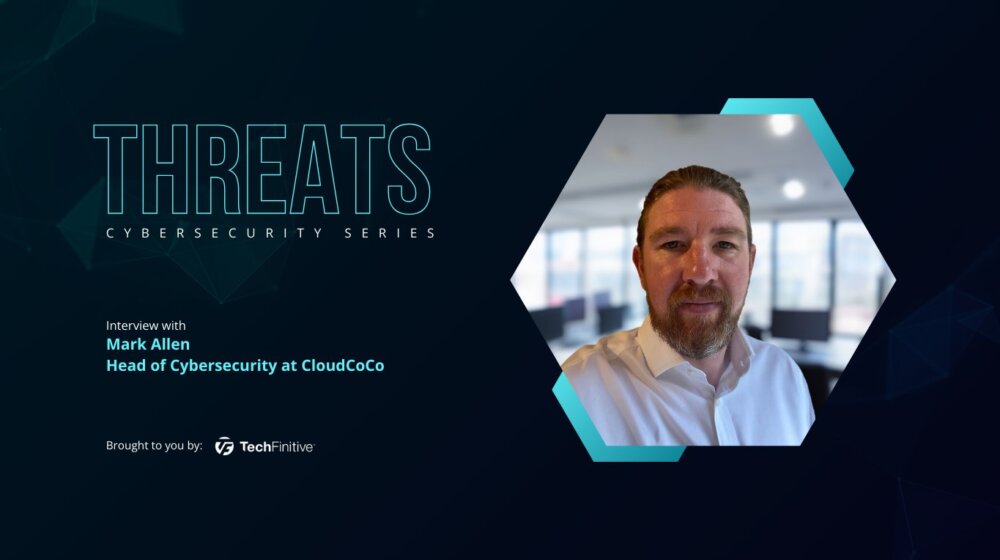
What will the digital landscape look like in 2028?
Patrick Eckel, CEO of Digio shares his predictions in this Friday’s opinion piece. If you are a business looking for advice on what technologies you need to embrace, look no further.
The digital world continues to evolve at an astonishing rate, so we need to constantly be looking to the future in order to keep pace. If we look forward to how we might expect the digital landscape to develop over the next five years, we can anticipate the impact that evolution will have on businesses and consumers alike. In this article, we’ll explore the changing face of the digital landscape and offer practical advice to businesses aiming to remain competitive in this dynamic digital world.
Related reading: How the world of work will look in 2030
Consumer expectations in the Digital Age
Over the next five years, we expect to see a fundamental shift in consumer expectations regarding digital experiences. Digital will mean more than just convenient services; it will mean being intimately connected with consumers in a way that resonates with their values. Here’s what digital will mean to consumers in 2028:
– Seamless Services: Consumers will expect services to be delivered anytime, anywhere, including top-notch customer service. This means being available 24/7, catering to diverse time zones, and offering instant assistance through digital channels.
– Hyper-Personalisation: Personalisation will have reached new heights, with businesses understanding their customers inside and out. They will engage customers through their preferred channels, crafting tailored experiences that anticipate needs and preferences.
– Social and Environmental Responsibility: Consumers will care more deeply about the environmental impact and social responsibilities of the organisations they engage with. Sustainable practices, ethical sourcing, and social impact initiatives will no longer be optional but essential for maintaining trust.
Also read: Omotenashi in digital customer engagement: openness and sincerity through first-party data
Shaping the business landscape
The businesses that will thrive in this evolving digital landscape are those that truly understand their customers and invest in delivering end-to-end experiences. In order to succeed, businesses need to:
– Differentiate Themselves: Successful businesses will set themselves apart by offering unique and personalised experiences. They need to move away from commoditising non-differentiated services, focusing their efforts and resources on what makes them special.
– Embrace Cybersecurity: Cybersecurity is paramount. Organisations that will be building and maintaining bespoke digital platforms need to be keenly aware of the risks involved and ensure security is front and centre, because of this we will continue to see a focus on ‘as a Service’ platforms that take responsibility for the platform and service.
– Expand Their Role: Many businesses have transitioned from being mere payers in their industries to becoming key players. Marketplaces and platform plays have opened up new revenue streams without the burden of holding extensive inventories.
The single most significant shift
Perhaps the most notable change we expect over the next five years is in the way consumers will come to view their digital channels, shifting into seeing them as proactive assistants, not just passive tools. This shift is underpinned by hyper-personalisation that leverages open data to provide unique, tailored, and timely experiences.
Imagine being contacted by your mobile provider just as your phone’s battery constantly hits 50% life. They offer you a customised phone and plan based on your usage, with real-time financial information from your bank to complete the order. It’s paperless, streamlined, and delightful – this is the new face of digital in 2028.
Staying competitive through digital
To remain competitive in this digitally-driven era, businesses need to focus on several key areas:
- Customer Attraction and Retention (Revenue)
- Leverage digital experiences to integrate with supply chains and gain significant scale and purchasing power.
- Offer always-on sales and support through digital channels.
- Utilise generative AI for content creation and engagement.
- Harness predictive AI to automate routine tasks, benefiting both customers and providers.
- Explore the potential of NFTs to support digital asset ownership.
- Inventory/Asset Management
- Improve forecasting and supply chain management for efficient inventory management.
- Consider local manufacturing through CNC and 3D printing to reduce waste and accelerate supply chains.
- Rethink global supply chains in light of sovereign security concerns.
- Technology Cost Optimisation
- Optimise technology costs through dynamic cloud computing based on real-time pricing.
- Embrace everything-as-a-service models, leveraging best-of-breed platforms and economies of scale.
- Prepare for the transformative impact of quantum computing on software development and operation.
- Labour Cost Optimisation
- Embrace generative AI to support knowledge sharing and dissemination, the creation of content and code development
The digital landscape in 2028 will be even more dynamic and highly competitive than it is now. To thrive in this environment, businesses must embrace change, prioritise customer-centricity, and leverage technology as a strategic enabler. By staying agile and embracing innovation, organisations can navigate the digital landscape with confidence and remain competitive in the years to come.
NEXT UP

Riken to integrate IBM’s quantum system with supercomputer Fugaku
IBM and Japanese laboratory Riken have announced an agreement to deploy IBM’s quantum system and integrate it with supercomputer Fugaku

Dear Lord, let this be the last World Password Day
Security expert Davey Winder explains why he wants this to be the last World Password Day ever and prays for World Passkey Day instead

Mark Allen, Head of Cybersecurity at CloudCoCo: “It’s alarming to witness the extent to which deepfakes can be weaponised”
Mark Allen, Head of Cybersecurity at CloudCoCo, provides what amounts to a step-by-step guide to keeping your business more secure against cyberattacks – including deepfakes
